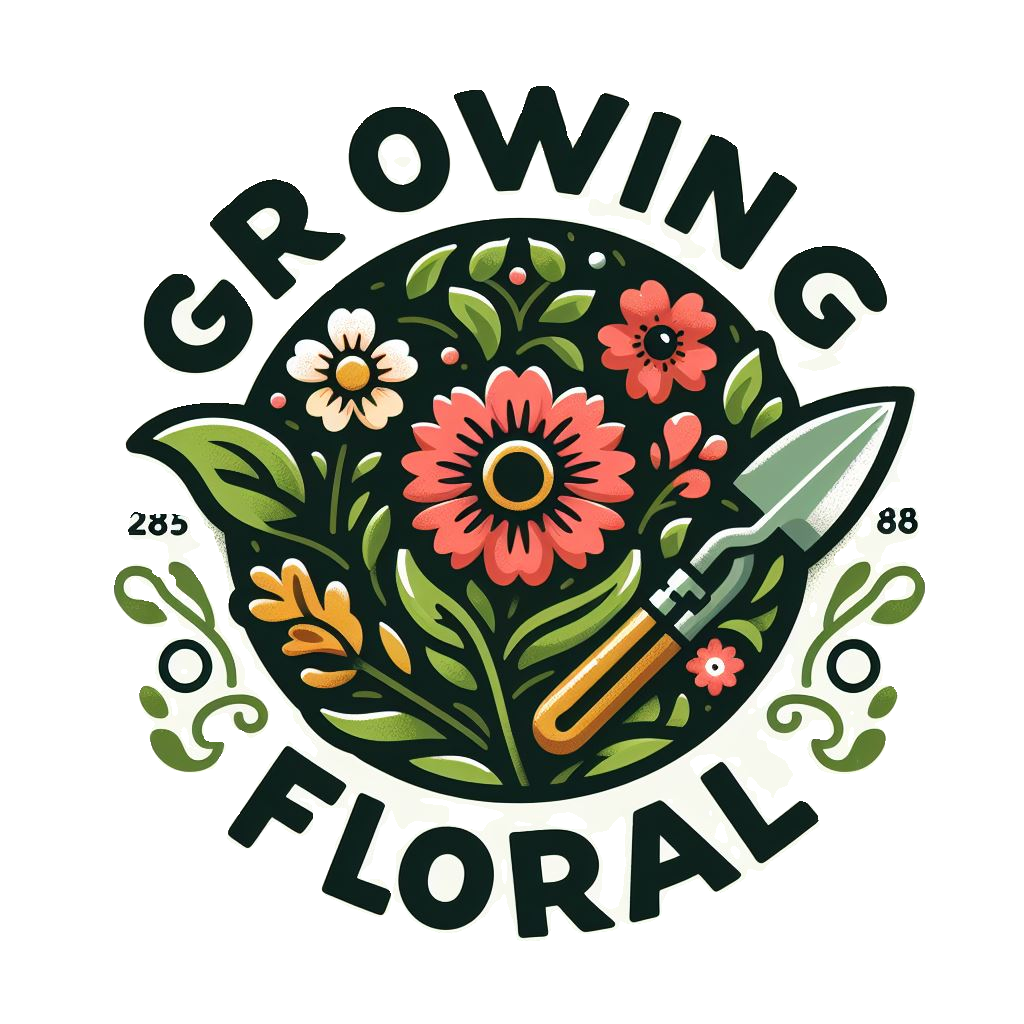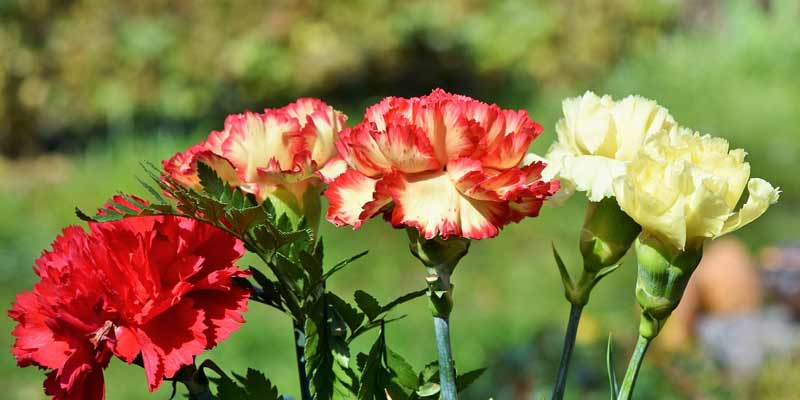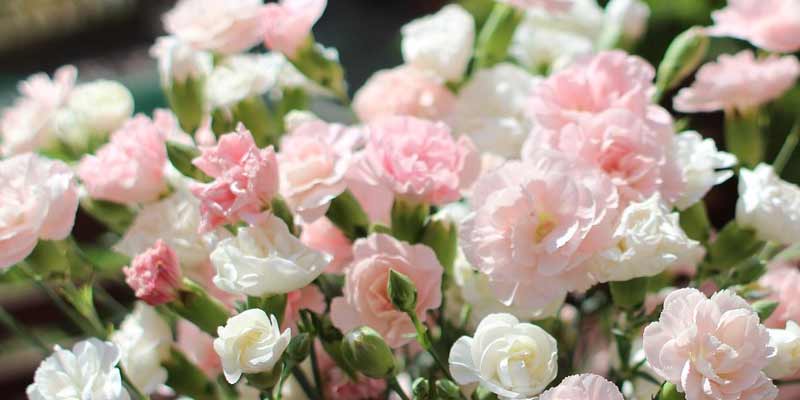With their vibrant hues and delicate petals, carnations charm as some of the most beloved flowers in gardens worldwide; they also grace numerous bouquets. Belonging to the Dianthus genus, a perennial favorite, carnations thrive under specific environmental conditions that notably include sunlight exposure. To ensure the health and longevity of these blooms, one must understand carnation’s crucial sunlight requirements.
This comprehensive guide delves into the sunlight requirements of carnations, probing the methods to ensure optimal light conditions for these exquisite flowers.
Understanding Carnations
Diving into the specifics of sunlight requirements necessitates an understanding of carnations’ nature, herbaceous perennial plants that hail from the Mediterranean region.
Carnations earn recognition for their showy and fragrant flowers, coupled with sturdy stems; this reputation explains their popularity in floral arrangements as well as garden borders. Understanding the natural habitat of carnations provides insight into their sunlight preferences.
Factors Influencing Sunlight Needs
When determining the ideal sun exposure for your carnation plants, consider these factors that influence their sunlight requirements:
1. Variety of Carnation
Different varieties of carnations may tolerate sunlight to varying degrees. Some cultivars flourish with full sun exposure; however, others thrive in partial shade. Research the specific requirements of the carnation variety you are growing.
2. Climate and Geographic Location
The climate and geographic location where carnations grow may necessitate varying sunlight requirements. In cooler climates, increasing exposure to sunlight could enhance flowering and growth incarnations.
3. Seasonal Changes
Throughout the year, sunlight intensity and duration undergo variances because of these changes; therefore, one must adjust the positioning of carnation plants — particularly during summer and winter months — to accommodate shifting patterns in sunlight.
4. Soil Moisture and Drainage
In determining carnations’ response to sunlight, soil moisture, and drainage have a significant role. Less water is retained in well-drained soil, thereby reducing the risk of issues such as root rot that are associated with excessive moisture.
5. Microclimates
Within your garden or growing area, you must consider the microclimates; certain areas might attract a differential amount of sunlight, as a result of nearby structures, trees, or topography.
Sunlight Requirements for Carnations
To thrive and produce abundant blooms, carnations need ample sunlight; yet, their specific requirements may vary—depending on the variety and environmental conditions. Optimal exposure to sunlight for carnation plants follows these general guidelines:
Full Sun vs. Partial Shade
Most carnations thrive in full sun exposure, equating to a minimum of six hours of daily direct sunlight; however, they can also flourish under partial shade. In intense heat regions, carnations might benefit from partial shade during peak temperatures to avert sunburn and dehydration.
Morning Sunlight
Position your carnation plants to receive morning sunlight; this light typically milder and less intense than its afternoon counterpart serves a crucial role: it aids in drying off dew and moisture from foliage. By doing so, you effectively mitigate the risk of fungal diseases.
Afternoon Shade
In areas where the afternoon heat scorches, provide carnations some shade during its peak. Planting them near taller structures or plants that filter sunlight achieves this effect.
Monitor Sun Exposure
Regularly track the amount of sunlight your carnation plants receive during the day; watch for signs—such as sunburn, wilting, or leaf discoloration—that may suggest they’re experiencing too much exposure to sunlight.
Signs of Sun Stress
Recognizing the signs of sun stress in carnation plants is imperative; it not only prevents potential damage but also ensures their health.
1. Sunburn
Sunburn causes leaves to potentially look scorched, with the foliage developing brown or yellow patches: relocate affected plants to a shadier area–shield them from direct sunlight.
2. Wilting
Excessive heat and sunlight induce wilting in carnation plants, regardless of their adequately moist soil. To alleviate the issue, ensure thorough watering of the carnations; additionally, provide shade during peak sunlight hours.
3. Leaf Discoloration
The sun’s stress can cause leaf discoloration or the development of sunken spots. Adjust the foliage’s sunlight exposure as necessary, monitoring its overall health and appearance.
Conclusion
To ensure the health and vigor of carnation plants, it is essential that you provide them with an appropriate amount of sunlight. Understand the factors that influence their sunlight requirements; observe signs indicating sun stress to create a perfect growing environment for your carnations.
Carnations, when carefully attended to in terms of sunlight whether they are grown in gardens, containers, or flower beds, will reward you with bountiful blooms and vibrant colors. Your carnations, when exposed to adequate sunlight, thrive and amplify the enduring beauty of your outdoor spaces.



Leave a Reply